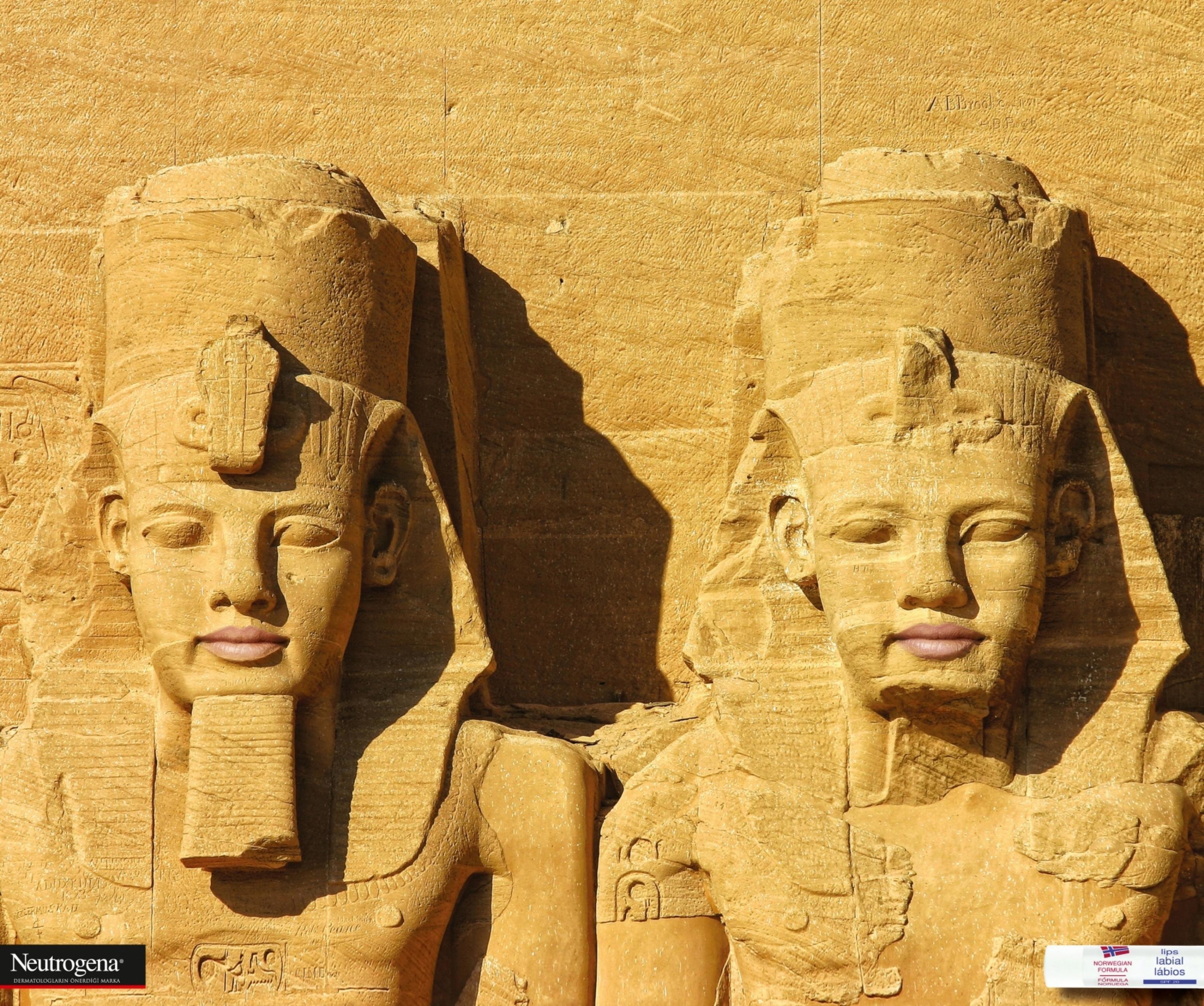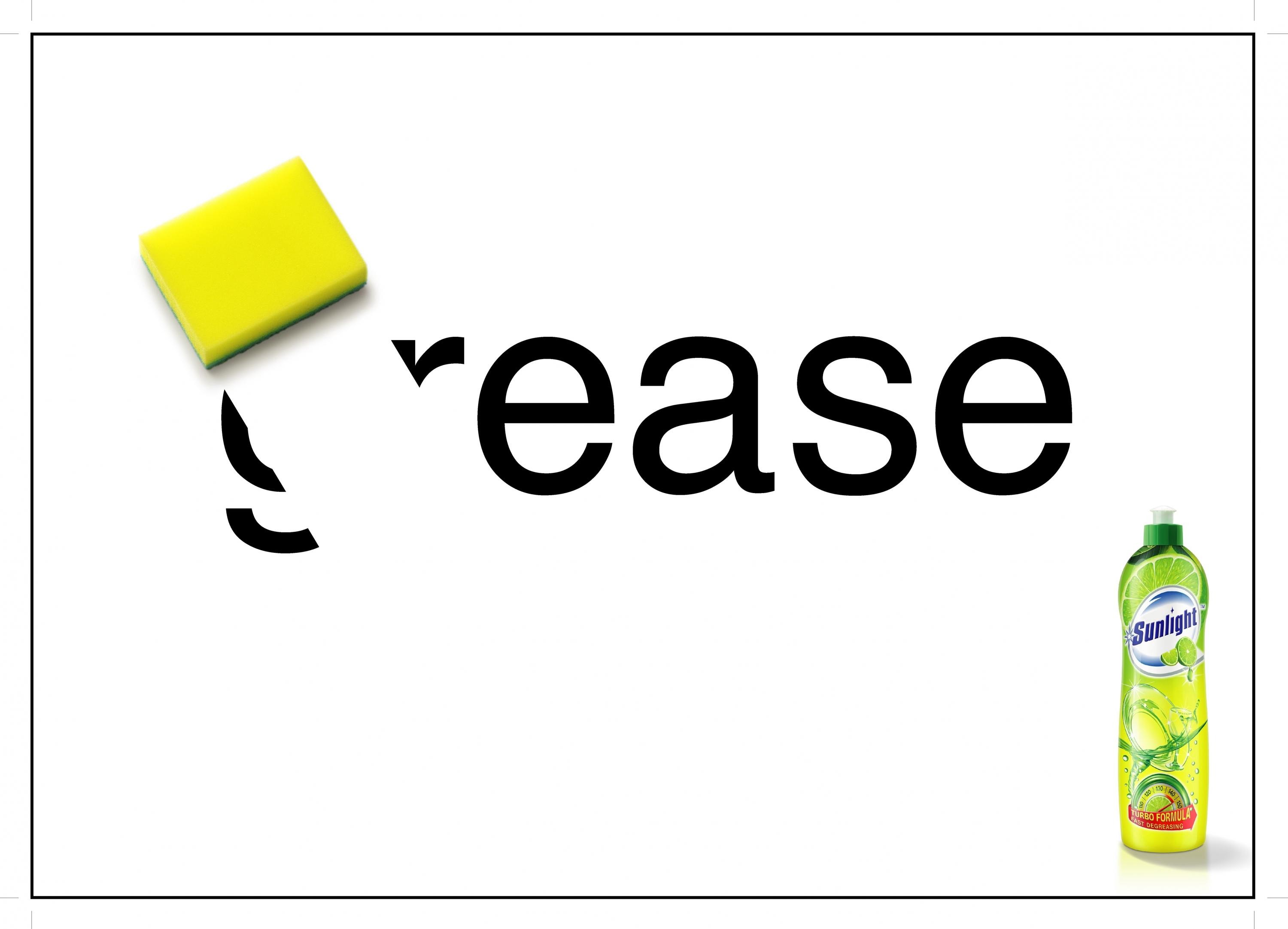Spikes Asia
Lifebuoy: Fighting COVID with the Power of Real-Time Data
INMOBI, Bangalore / UNILEVER / 2022

Overview
Entries
Credits
Overview
Background
Lifebuoy, as a brand, aims to make hygiene and health solutions easily accessible to all. Lifebuoy recognized that it had a critical role to play as the market leader in handwashing and hygiene products, especially as the number of active COVID-19 cases were rising in Indonesia. At that time, public service announcements (PSAs) were no longer effective in reaching the masses and encouraging behavioral change.
The campaign’s objective was to raise awareness among Indonesian households about the importance of washing hands, keeping good hygiene, and social distancing, in order to protect oneself from the virus. Each ad was personalized based on a variety of dynamic elements including the province each user lived in, the number of cases in the region, the daily habits of citizens in the region, and the persona of each user, amongst many other factors.
Idea
Lifebuoy recognized that it needed to reach Indonesians through mobile – their medium of choice – to create a true impact.
The campaign developed audience personas based on data gathered from the 62,000 responses. Based on several factors that determined the user’s local reality – a COVID-19 preparedness score, the number of Coronavirus cases in their region, the target group they were reaching, and the daily hygiene habits of that user group – Lifebuoy created 72 unique video ads as part of this mobile-first programmatic campaign. Finally, by clicking on the ad, users could access Lifebuoy products which could help them keep safe during the pandemic.
Strategy
Lifebuoy took a full-funnel approach to identifying the right users, understanding their circumstances and engaging with them through the power of in-app programmatic advertising. The campaign focused on targeting key household influencers and decision makers as they would be the ones purchasing handwashing products. This included mothers, single millennial women, and single millennial men.
To make this campaign a success, the brand married multiple sources of data to build effective communication and drive definitive action. To meet this objective, Lifebuoy arrived at the COVID Action Readiness Evaluator or C.A.R.E. which combined a multitude of data sources including claimed user behavior, observed user behavior, growth in local cases, and more.
The campaign was launched via mobile, where each persona received a unique ad reflecting the realities of their surroundings.
Execution
Starting March 1, to April 25, 2021, Lifebuoy ran weekly surveys across six regions in Indonesia to understand consumer behavior during the pandemic. With participation from over 62.000 respondents, the survey helped Lifebuoy make data-driven decisions on-brand messaging and on the community distribution of products in provinces.
Having identified four different audience segments across six regions, Lifebuoy chose to personalize ads based on the C.A.R.E Preparedness Score and the case growth numbers in each region. The ads focused on social distancing measures, handwashing measures and overall COVID preparedness.
Lifebuoy generated 72 unique video ads and each user received a unique ad that reflected the realities of their surroundings. When users clicked on the video, they were redirected to a webpage where they could purchase Lifebuoy products that could keep them safe during the pandemic.
Outcome
The campaign successfully reached millions of Indonesians and encouraged them to prioritize their health and safety in the face of COVID-19. The 72 unique ads reached 6.85 million unique Indonesians with 14.1 million completed video views, and achieved 5X click-through rates (CTR) driven by video as compared to eMarketer benchmarks. The campaign drove 1 million visits to the Lifebuoy’s brand page, and 13.7% of users who checked out the product page purchased Lifebuoy products.
Over the period of Lifebuoy’s campaign, four key provinces: Riau, West Sumatra, Bali and North Sumatra saw a week-on-week decline of coronavirus cases. The C.A.R.E Preparedness Score results improved in 4 of the 6 key provinces which proved that the brand's innovative and data-led marketing strategy had real world impact and supported a larger cause during the pandemic, by using mobile as a key medium.
Similar Campaigns
12 items






